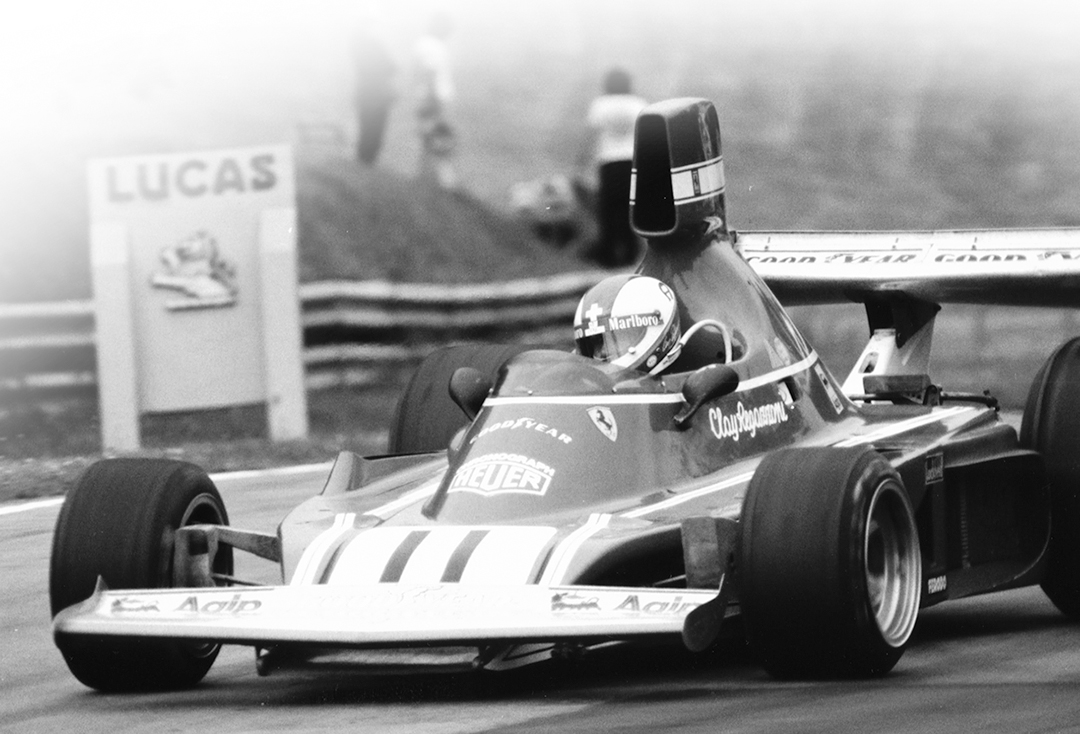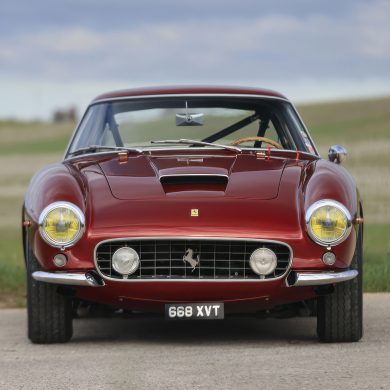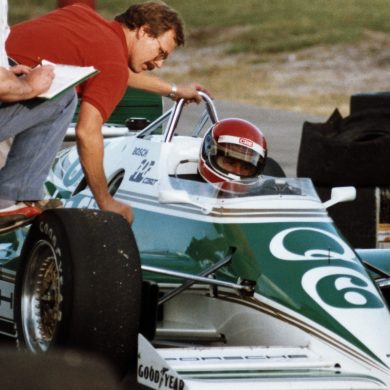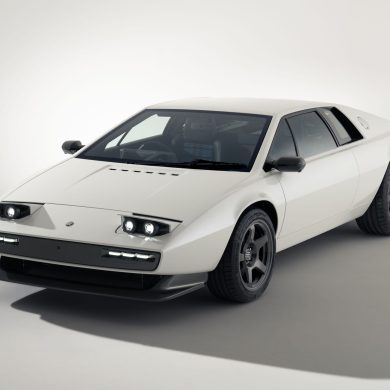Grand Prix winner Clay Regazzoni, 67, was killed in a road accident on December 15, 2006. He was driving his Chrysler Voyager along Italy’s A1 highway to the Teatro Regio in Parma, where he was to be the guest of honor at a special event of Club Italia, the Italian vintage car owners’ organization. Clay’s MPV is believed to have clipped the rear of a large truck and smashed into the autostrada’s central barrier, killing him instantly. He leaves a widow, Maria Pia, and his children Alessia and Gian Maria.
Gian Claudio Giuseppe Regazzoni was born in Mendrisio near Lugano, Switzerland, on September 5, 1939. He won the 1970 European Formula Two Championship in a Tecno TF70-Ford over Derek Bell and Emerson Fittipaldi, then joined the Ferrari F1 squad the following year. He won the 1971 Grand Prix of Italy, at Monza, in a Ferrari 312B, which canonized him as far as the Italian tifosi were concerned. Even so, he left Maranello for BRM at the end of 1972 to spend a barren 1973 trying to make the uncompetitive P160 D and E competitive. He was visiting Maranello to discuss his return to the team in late 1973, when he recommended his BRM teammate Niki Lauda to Enzo Ferrari.
The two drove for the Prancing Horse in 1974, the year Clay lost the Formula One World Championship to his old F2 sparring partner Emerson Fittipaldi (McLaren M23) by just three points. Regazzoni won the German GP in a Ferrari 312B3 that year and repeated his 1971 Italian Grand Prix triumph by winning at Monza in a 312T in 1975. He won the 1976 U.S. Grand Prix West in the Ferrari, before joining Ensign for 1977 for another indifferent year driving their N177. His best results were 5th places at his beloved Monza and at Watkins Glen.
Regazzoni spent yet another fruitless year with Shadow before being snapped up by Frank Williams for 1979, when he gave the team its first victory—fittingly at the British Silverstone circuit—but at the end of the year, he ventured back to Ensign. He struggled with the N180 during the first three races of the season before the tragic Long Beach Grand Prix, where his brake pedal broke and he crashed heavily into a concrete barrier resulting in spinal injuries that left him confined to a wheel chair. In all, he had competed in 132 Grands Prix, won 7 of them, took 5 pole positions, set 15 fastest laps and led Grands Prix for a total of 1,856 kilometers.
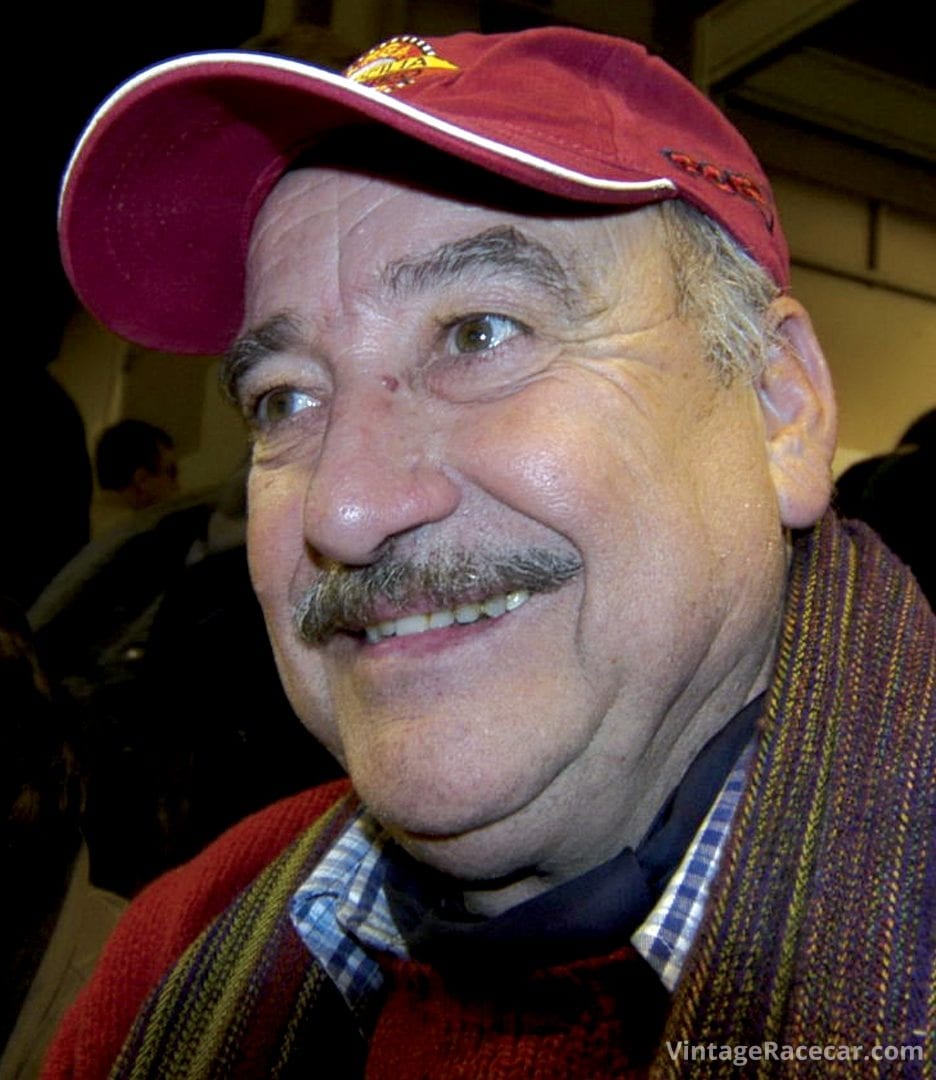
Tributes to Clay poured in to national television channels and daily newspapers in Italy within hours of his death. Sir Frank Williams called Regazzoni a gentleman and said it was a pleasure to have had him on the team. “I will remember him forever,” said the British team owner.
“I have many memories of Clay,” said a deeply saddened Niki Lauda, “every one of them delightful. He was never afraid, not even after really serious accidents. He was always smiling, and I liked him because he thought positively.”
Arturo Merzario called Clay one of the greats and his friend Emerson Fittipaldi said, “We have always been friends, as were our fathers before us. Clay was special, a person who showed great courage after the Long Beach accident.”
Mauro Forghieri, ex-technical director of Ferrari, said Clay brought joy and optimism to the team, even when things were not going well. “He was one of the old school, like Guy Moll and Tazio Nuvolari,” Forghieri observed. “He was always ready to have fun and would say ‘we race, but we must also live.’ It is a nightmare to think that he is no longer with us.”
By Robert Newman


